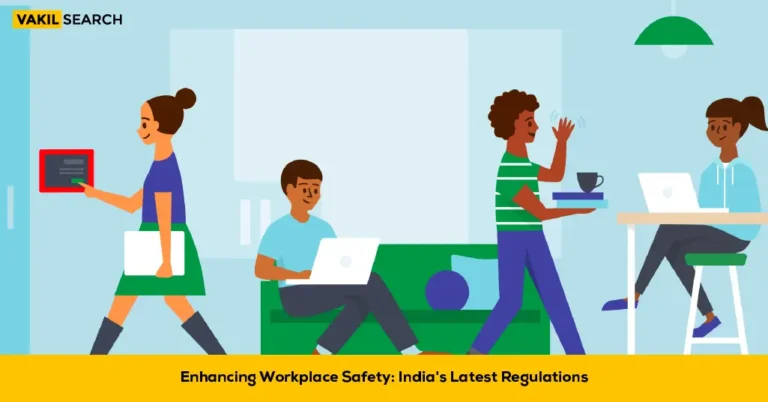A workplace violation prompts the suspension of an employee, leading to a thorough investigation, HR consultation, and potential disciplinary action.
Suspension of an Employee is a serious and sensitive matter that should be handled with care and in accordance with company policies and legal regulations. The decision to suspend an employee is usually made in response to a serious violation of company policies, code of conduct, or other egregious behavior
Review Company Policies:
Before taking any action, review your company’s policies and procedures regarding employee suspension. Ensure that you are following the established guidelines and protocols.
Investigate the Situation:
Conduct a thorough investigation to gather all relevant information about the employee’s actions or behavior that led to the suspension. This may involve interviews with the employee, witnesses, and a review of any applicable documentation.
Documentation:
Document the reasons for the suspension, including specific details about the alleged misconduct or violation. This documentation will be essential for HR records and may be needed in case of legal proceedings.
Consult Human Resources (HR):
Before making a final decision, consult with the HR department to ensure that you are following the correct procedures and to get guidance on handling the situation.
Communicate Clearly:
Notify the employee of the suspension in a private and confidential meeting. Clearly communicate the reasons for the suspension, the expected duration, and any conditions for their return. Provide a written suspension letter if necessary.
Address Legal Requirements:
Be aware of labor laws and regulations in your jurisdiction. Ensure that the suspension is in compliance with these laws to avoid potential legal issues.
Security Measures:
If necessary, take steps to ensure the security of company property, information, and resources during the suspension period. This may include restricting access to certain areas or systems.
Employee Support:
Offer support to other team members who may be affected by the employee’s absence. Communicate any temporary changes in responsibilities and assure the team that appropriate actions are being taken.
Follow-Up Investigation:
Conduct a thorough follow-up investigation if necessary. This may involve gathering additional information or conducting further interviews to make an informed decision about the employee’s future with the company.
Reinstatement or Further Action:
After the suspension period, reassess the situation. Determine whether the employee can be reinstated, needs additional disciplinary actions, or if termination is the appropriate course of action.
Conditions on Suspending an Employee
- Suspension Pending Domestic Enquiry:
- Immediate suspension for on-premises misconduct.
- Suspension order issued with a charge-sheet.
- Charge-sheet must be provided within 7 days of suspension.
- Suspension Pending Court’s Order:
- Employee accused of a criminal offense.
- Obligation to suspend under court’s order.
- Suspension as Punishment:
- Post-enquiry, authority may suspend for misconduct.
- No payment during suspension period.
Suspension as Punishment
Right to Suspend an Employee
Suspension, as a disciplinary measure, is exercised based on an employer’s right to maintain a disciplined and productive work environment. Proper procedures and just cause are essential.
Suspension Allowance
During suspension, an employee remains a member of the service and is entitled to a suspension allowance, ensuring financial support during the investigation. Section 10A of the Industrial Employment (Standing Orders) Act outlines provisions for subsistence allowance during suspension.
Payment of Suspension Allowance
- First Ninety Days:
- 50% of wages provided during the initial suspension period.
- Remaining Period or Delay:
- 75% of total wages provided for the extended suspension or delays in proceedings.
Dispute Resolution
Discrepancies in suspension allowance lead to referral to the Labour Court, whose decision is final and binding.
Recovery of Money Due from an Employer
- Employee Application:
- An employee can apply to the Government for recovery of due amounts from the employer.
- Government Verification:
- The Government verifies the application and issues a certificate to the collector for recovery.
- Application Timeline:
- Applications must be submitted within a year from the due date. Late applications may be approved based on valid reasons.
FAQ’s:
What are the employee's rights during suspension?
During suspension, an employee retains certain rights:
- Entitlement to Suspension Allowance: The employee is entitled to receive a suspension allowance during the suspension period.
- Communication: The right to be informed of the reasons for suspension and any pending investigations.
- Confidentiality: Details of the suspension and related investigations should be kept confidential to the extent possible.
- Right to Defend: The employee has the right to present their defense during any inquiry.
What happens after the suspension period ends?
After the suspension period:
What are the alternatives to suspension?
Alternatives to suspension include:
Conclusion
At Vakilsearch, we are committed to simplifying legal and business processes for our clients. Whether you need assistance with legal document drafting, business registration, intellectual property matters, or tax registration in India, our platform is designed to offer efficient and reliable solutions. Our team of experts is dedicated to providing you with the support and guidance you need for your legal and business requirements. Contact us today, and let us help you navigate the complexities with ease.
Other Important Topics:










